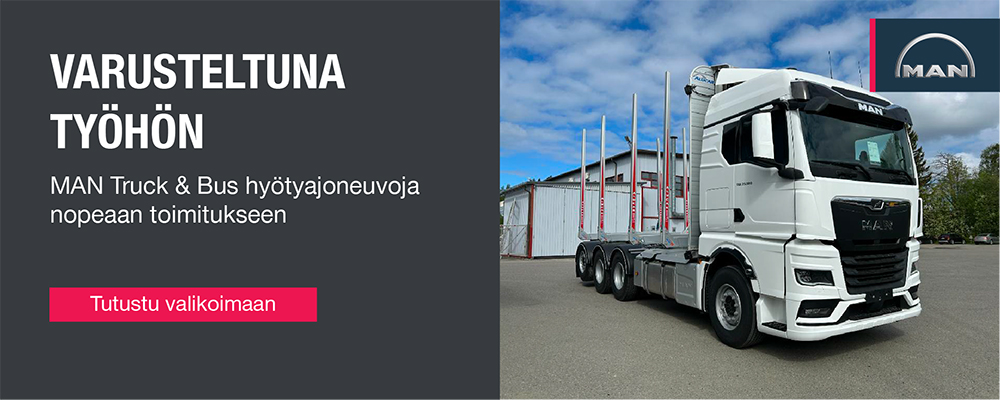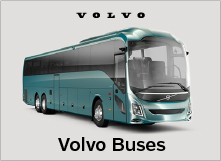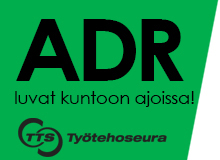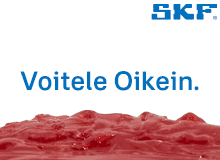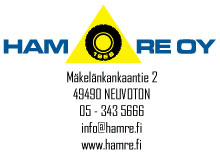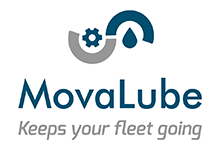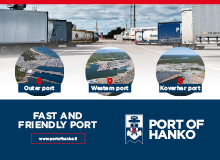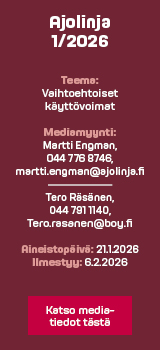Munich Airport and Airbus want to help cities and regions develop infrastructure to support advanced air mobility (AAM) services using eVTOL aircraft. To that end, the two entities announced an expansion of their partnership on June 23 at the ILA Berlin Air Show.
In May, the German hub airport joined forces with Airbus, the city of Ingolstadt, railway company Deutsche Bahn, aviation safety agency Deutsche Flugsicherung (DFS), uncrewed air traffic management (UTM) specialist Droniq, and Diehl Aerospace, to establish the Air Mobility Initiative. Airbus is developing a four-passenger eVTOL aircraft called the CityAirbus NextGen that it aims to bring into service during 2025.
With the support of the Bavarian state government and German federal officials, the project is intended to assess the basis on which commercial eVTOL air taxi operations could be launched to connect German cities, as well as to advance arrangements for UTM infrastructure and vertiports.
The AMI collaboration is backed by €86 million ($91 million) in public-private funding. This includes €24 million from the German federal government and €17 million from the state of Bavaria.
“The development of the market, industry, and the ultimate service of AAM requires a holistic view, and this has been our approach from the beginning,” said Balkiz Sarihan, head of urban air mobility partnerships and strategy execution at Airbus. “We are sure our partnership with Munich Airport will be a key catalyst for accelerating the development of the AAM ecosystems worldwide.”
In a separate announcement during the ILA show, industrial gas group Linde signed a memorandum of understanding with Airbus to develop hydrogen fuel infrastructure at airports worldwide. Beginning in early 2023, the partners intend to roll out pilot projects at several airports to evaluate supply chain processes for fueling aircraft with hydrogen.
The European aerospace group is working on concepts for hydrogen-powered airliners under its ZeroE program. It intends to have a technology demonstrator aircraft ready to fly in 2025 as part of a project leading to possible service entry in 2035.
